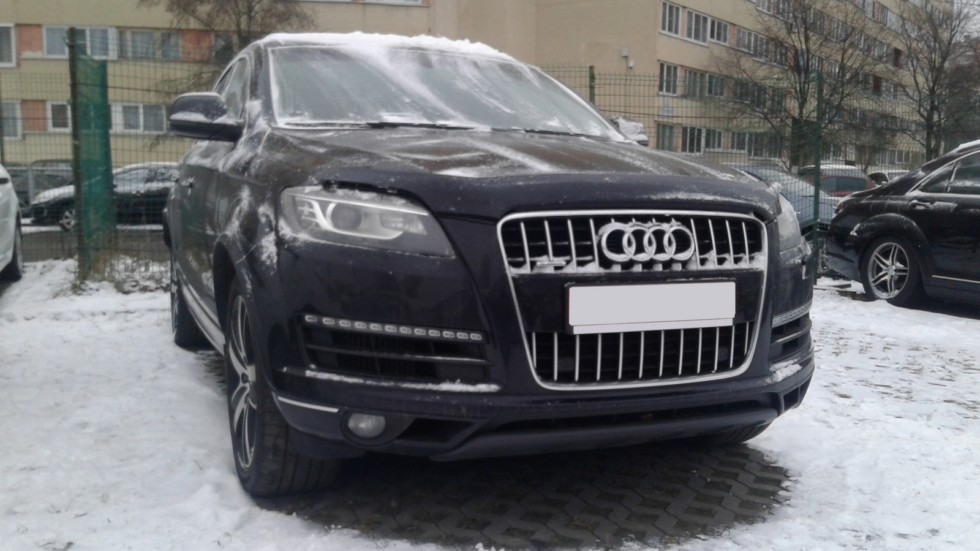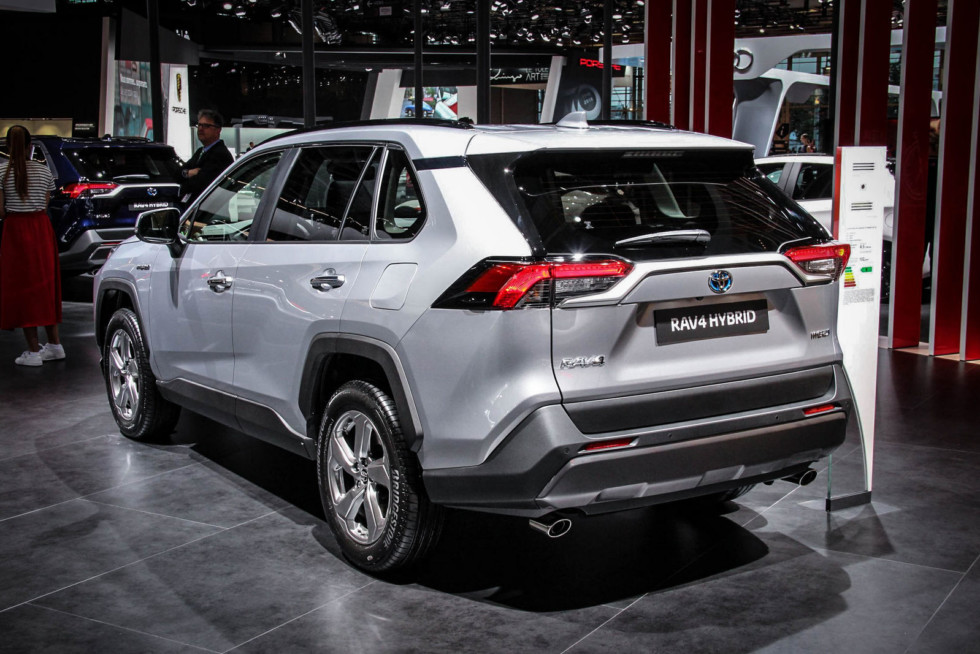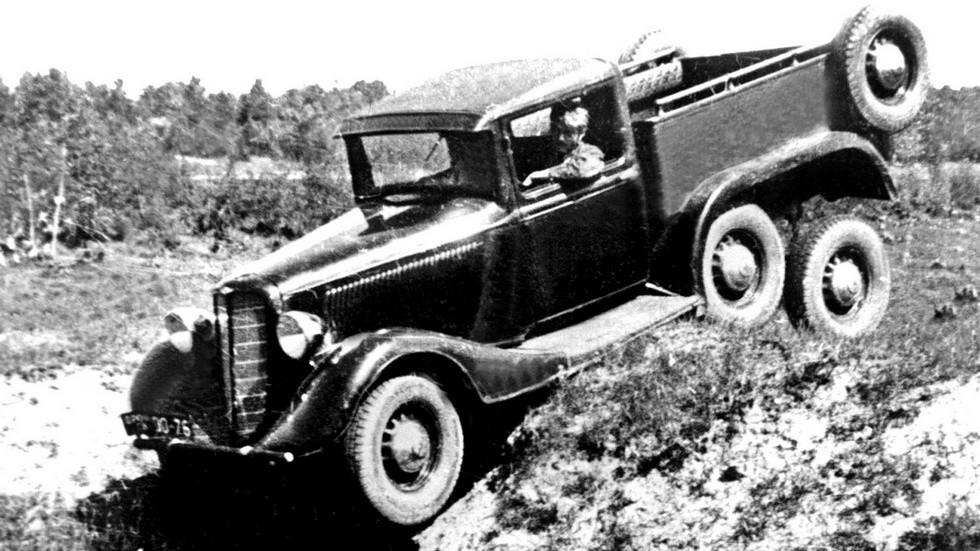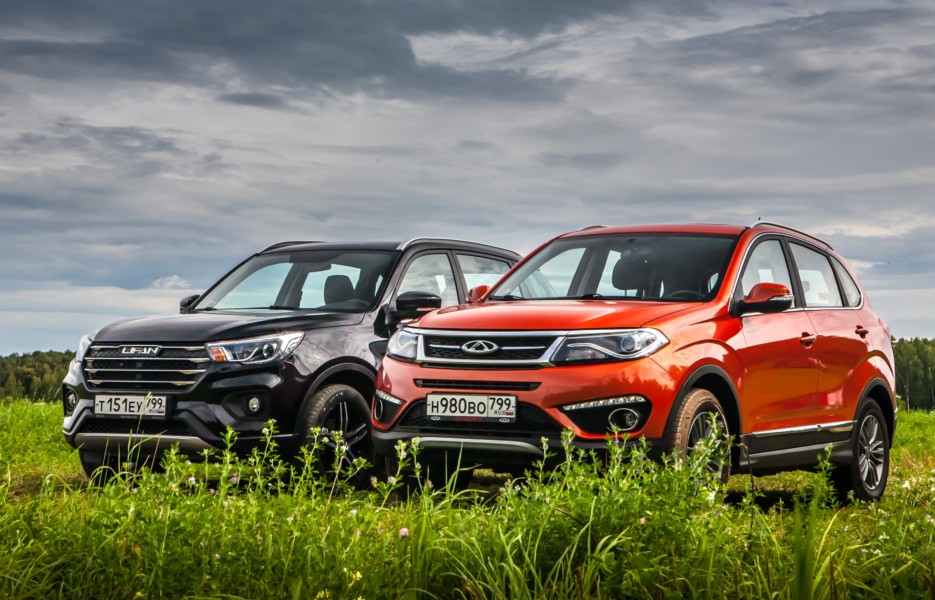Five reasons to love and hate the Nissan Pathfinder III
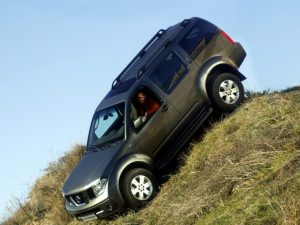 The name Pathfinder first appeared in the gamut of the Nissan brand in 1985, during the heyday of interest in off-road cars of the “universal” class, combining the permeability and utility of the “professionals” with the comfort of passenger cars. Then the designers of the brand did the same as everyone else: they took the four-wheel drive pickup truck chassis (with independent front suspension and reduction gear in the transmission) and equipped it with a station wagon. Thus was born the SUV with the factory code WD21. In other markets, this car was sold as a Terrano, and the production of this model continued until 1996, when it was replaced by the Pathfinder R50.
The name Pathfinder first appeared in the gamut of the Nissan brand in 1985, during the heyday of interest in off-road cars of the “universal” class, combining the permeability and utility of the “professionals” with the comfort of passenger cars. Then the designers of the brand did the same as everyone else: they took the four-wheel drive pickup truck chassis (with independent front suspension and reduction gear in the transmission) and equipped it with a station wagon. Thus was born the SUV with the factory code WD21. In other markets, this car was sold as a Terrano, and the production of this model continued until 1996, when it was replaced by the Pathfinder R50.
In 1993, a separate, purely European branch, named Terrano II, sprang from this trunk, which, nevertheless, soon sprouted in America under the name Ford Maverick (the car whose exterior was designed by Belgian designer Alain Bloné was developed jointly with the concern Ford) but this is a slightly different story. Well, the Pathfinder R50, which received a carrying body and springs instead of torsions in accordance with the current trends, was sold only in the USA and Japan, and therefore we are almost unknown (unlike the cars of the first generation, which in large quantities came to Russia from secondary markets) .
The next generation change occurred in 2005. Then Nissan decided to “go back to basics”: the off-road vehicle with factory code R51, shown at the North American International Auto Show in Detroit, was again developed on the basis of a light truck (Navara pick-up truck), which means that a powerful spar-type frame returned to its design. At this time, marketers Nissan decided not to play with words, but to sell the car as a global model named Pathfinder, and the assembly of machines for Europe was established in the Spanish plant of the concern. To improve behavior on the road, the rear suspension of the new SUV was made independent. Among other design features, it is worth noting the use of the All Mode 4 × 4 transmission, in which the electronically controlled coupling was responsible for the automatic transfer of torque to the front wheels in Auto mode, but there was also a transfer case with a reduction gear. Appearance of the novelty was solved in the style of the 2003 Dunehawk concept. In 2006, the car was certified, and began its official sales in the Russian Federation.
They offered only two motors: a 174-strong 2.5-liter turbo diesel and a four-liter petrol V6 with a capacity of 269 hp, and both were combined with either a five-speed mechanics or a five-speed automatic. During the restyling of 2010, the power of the “younger” 2.5-liter diesel engine was increased to 190 hp, and one more engine with compression ignition was registered as the flagship under the hood – a three-liter V6 with a capacity of 231 hp, paired with which worked the latest seven-speed automatic transmission. In 2014, the next generation of Pathfinder appeared with the code R52. But it was already a completely different car …
Under the hood of the Nissan Pathfinder ZA-spec (R51) ‘2010–14 Under the hood of the Nissan Pathfinder (R51) ‘2010–14
Pathfinder R51 so far is constantly found on the streets of Russian cities, and on federal highways, and on regional paths, recalling the times when the trees were greener, the sky blue, and the SUVs were able to ride through the mud. Their owners are not in a hurry to get rid of their iron horses, and those who entered the secondary market quickly find new owners. But the reviews do not at all resemble a harmonious chorus: they praise and scold the car. So what do Nissan Pathfinder love and hate for?
Complaints about poor color and poor paintwork are found in almost every review about this car. And if only owners of older cars purchased on the secondary market complained! It would be understandable and natural. So no, in the reviews of past years, you stumble across phrases like “in the first year, twice under warranty, painted the back door and roof: paint got, and from under it – rusty spiders” – that is, it’s about cars, relatively recently purchased in stores and guaranteed!
Most often they complain about the fifth door (near the license plate and the handle lining), as well as the bumpers and the roof section above the windshield, and getting into a tiny pebble can result in literally a piece of paint measuring 10 centimeters in size. Many believe that the problems of strength LPC Nissan Pathfinder (like many other modern cars) are associated with the replacement of acrylic lacquer on the water-based. Of course, it is more environmentally friendly, but it turns out that environmental protection in far-away Spain is paid for from the pocket of owners around the world …
